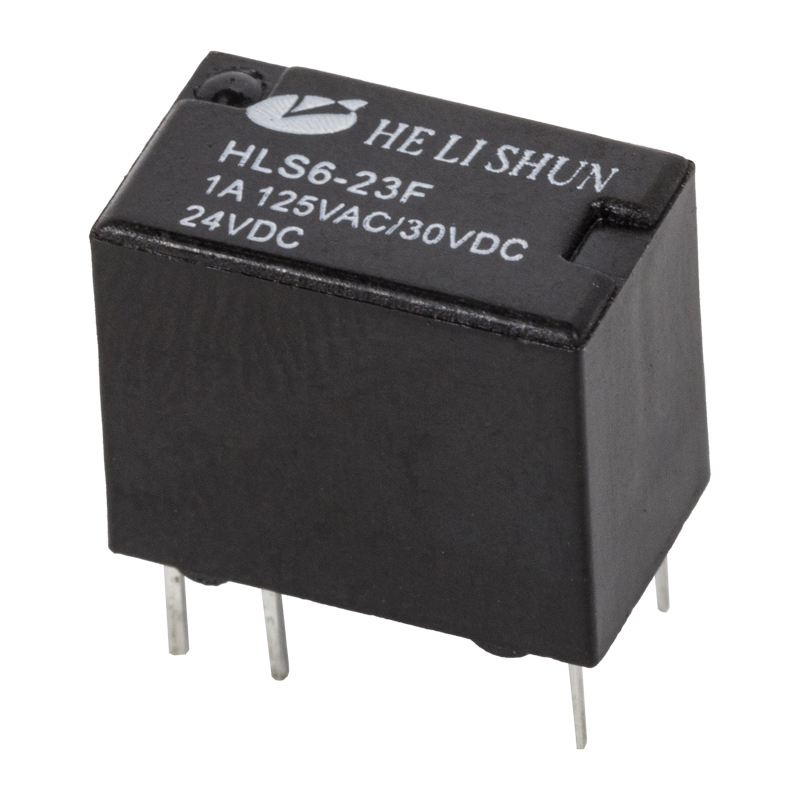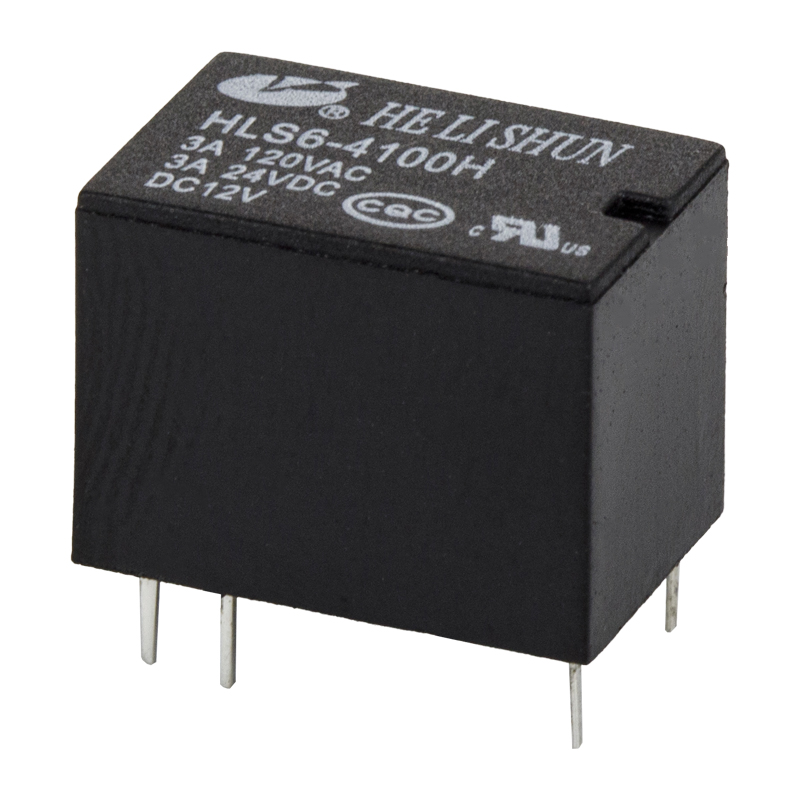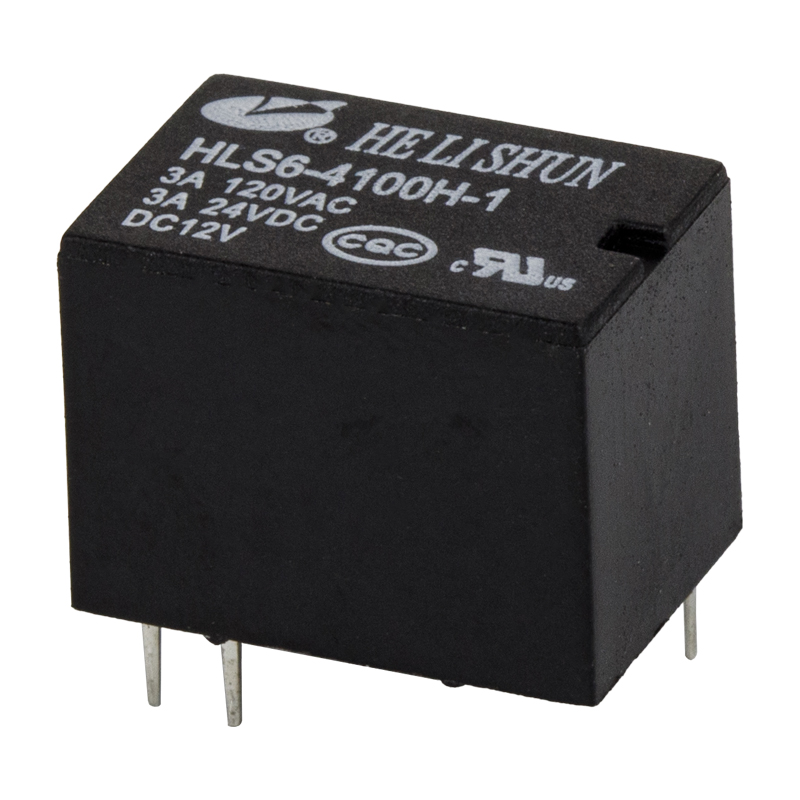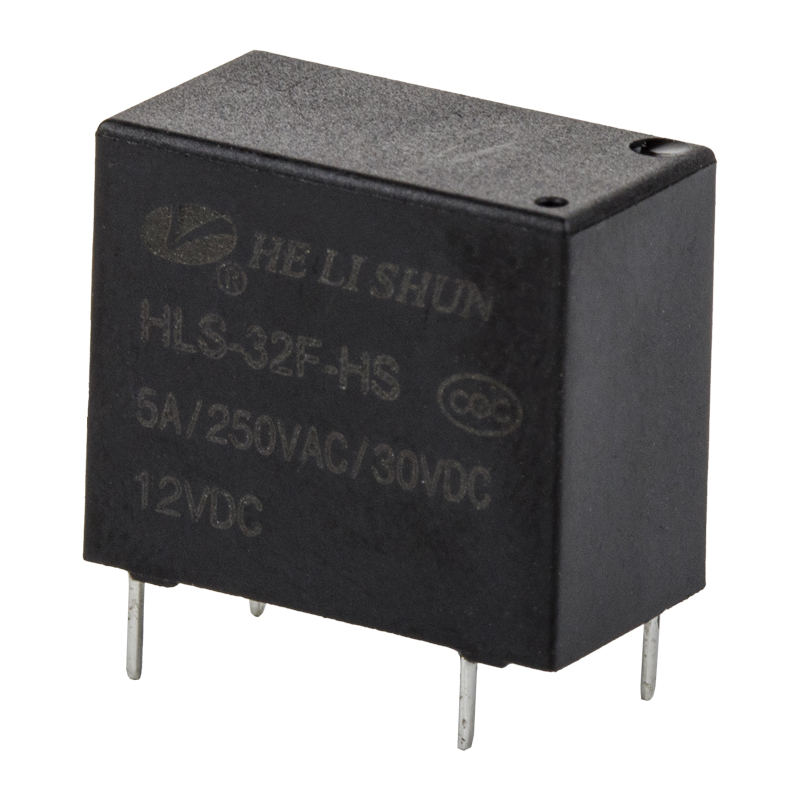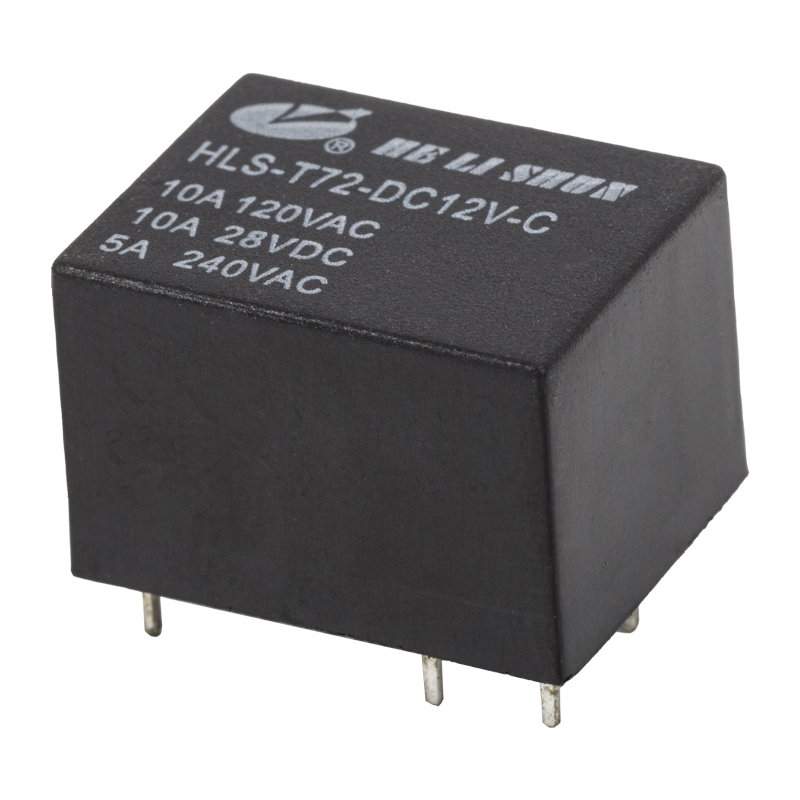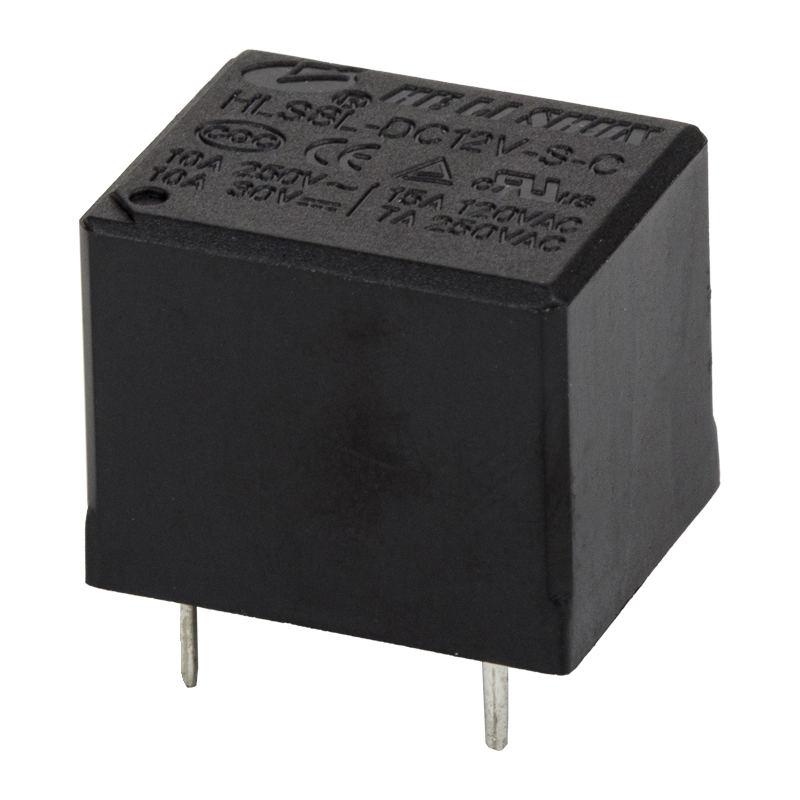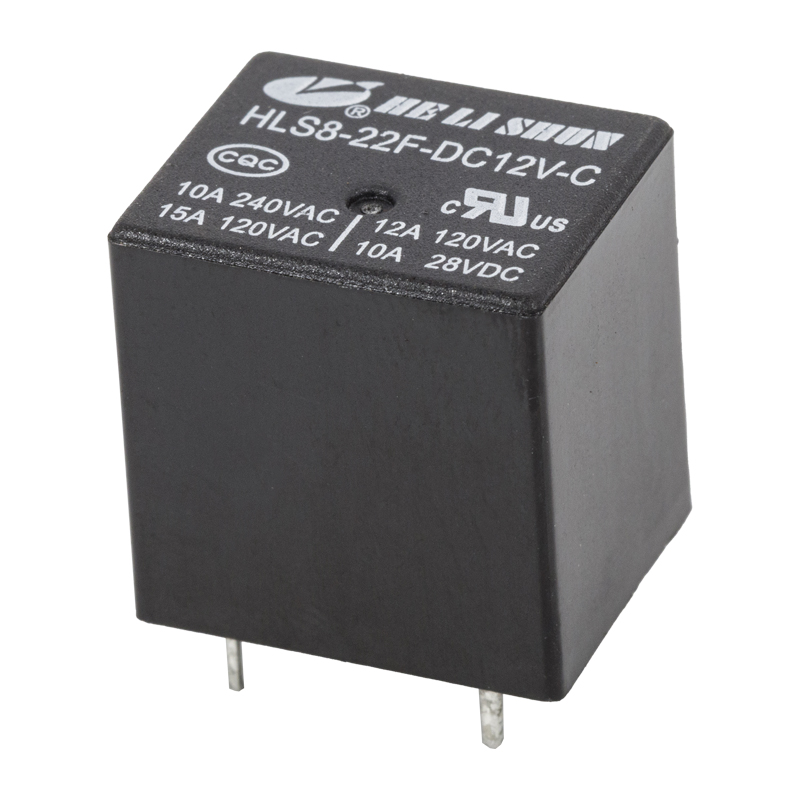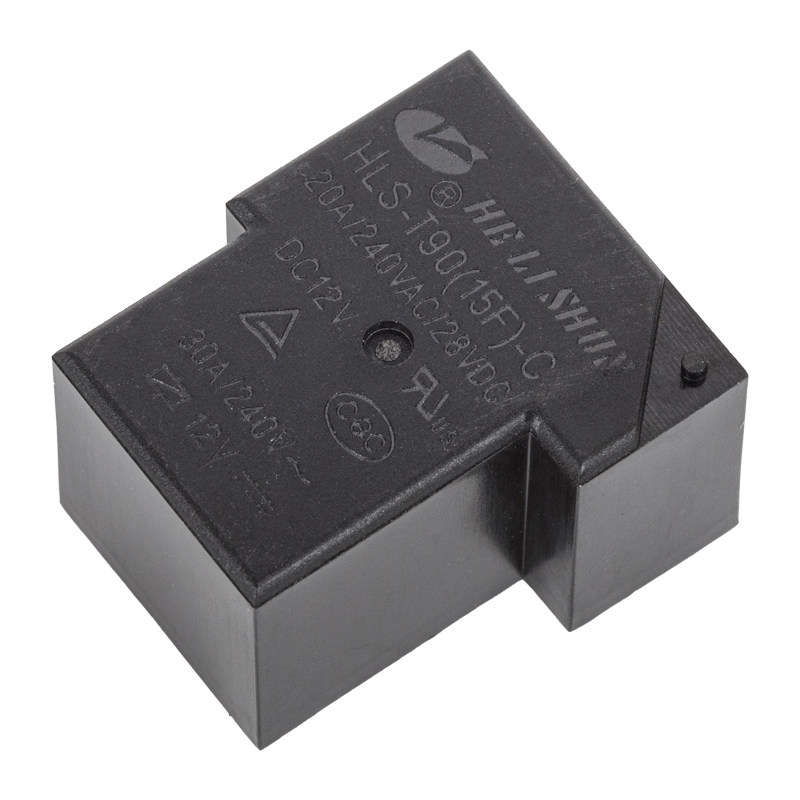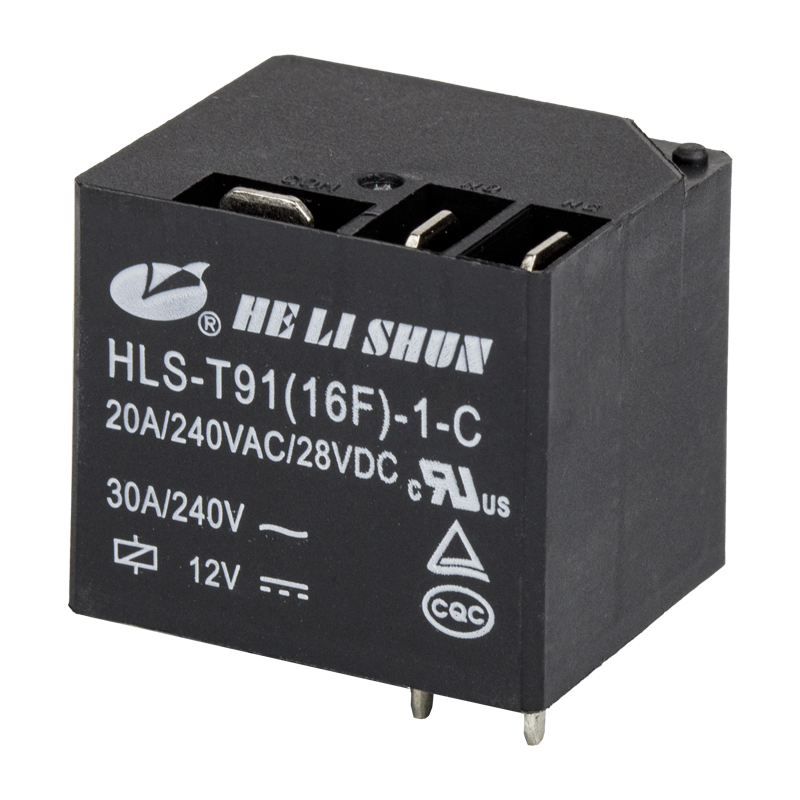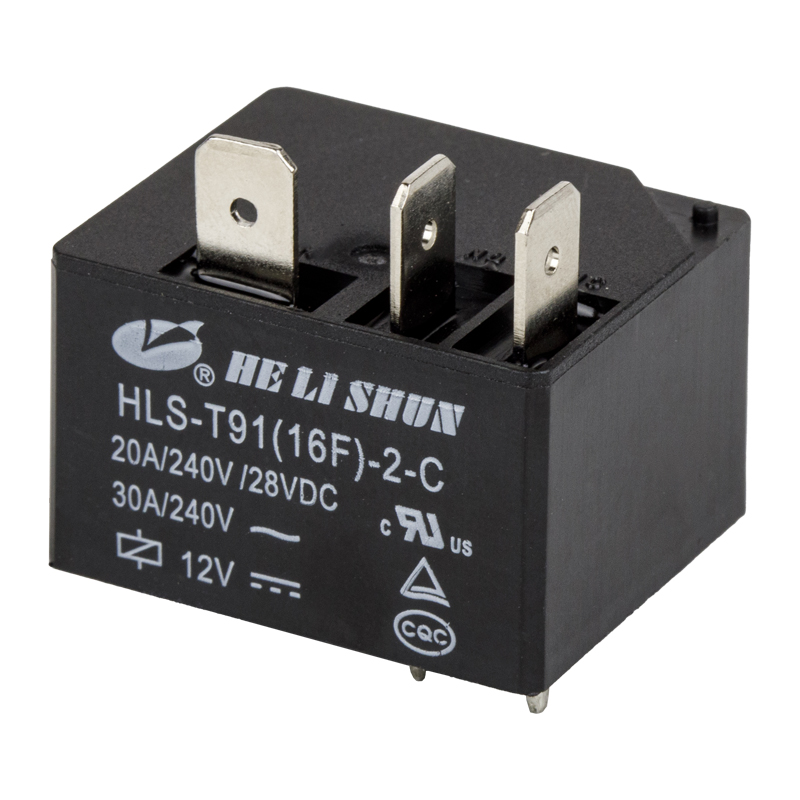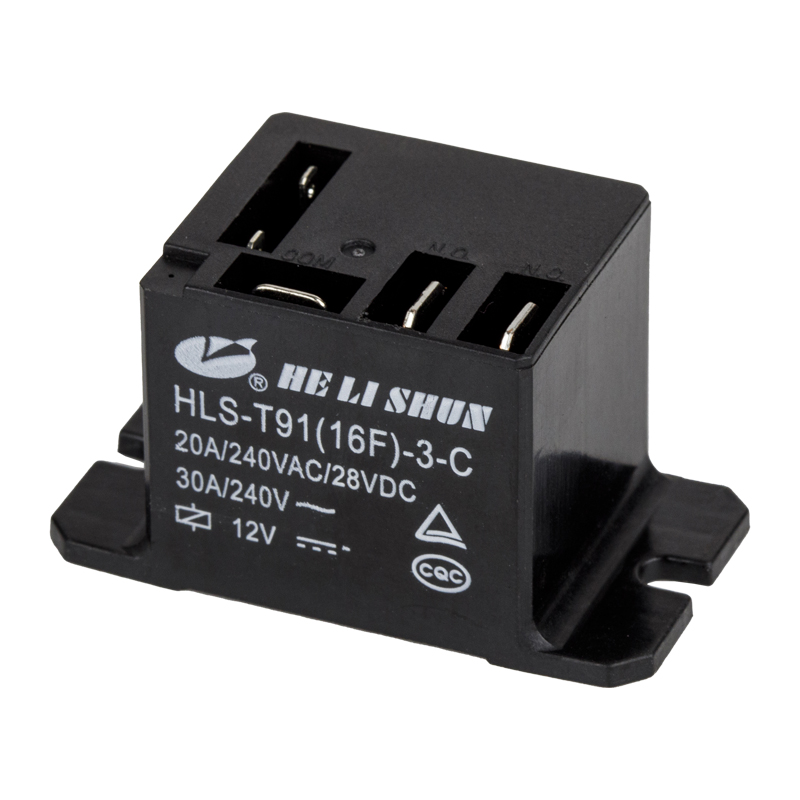The telecommunications industry is the cornerstone of modern communication systems, and telecom relays play a vital role. They are key electronic components that enable functions such as signal switching, circuit protection, and interface isolation. With the development of technologies such as 5G and the Internet of Things (IoT), the requirements for telecom relays are becoming increasingly stringent. They must not only feature high speed and low power consumption, but also high reliability and long life.
To gain a deeper understanding of their applications in the communications sector, it is first necessary to understand the main types and characteristics of telecom relays. Based on their structure, function, and application scenarios, telecom relays can be broadly divided into the following categories:
Content
1. Signal Relays
Signal relays are the most common and widely used type of telecom relay. Designed specifically for handling low-level signals such as telephone, data, and radio frequency signals, they possess the following core features:
- Miniature and Thin: To accommodate high-density installations, modern signal relays are extremely compact.
- Low Power: Ensures minimal energy consumption during continuous operation, complying with green communication standards.
- High Reliability: Guarantees stability and consistency over millions of operations.
- Applications: Primarily used for signal switching in programmable switches, modems, routers, base station control panels, and various communications equipment.
2. RF Relays
In the wireless communications field, especially base stations, satellite communications, and test equipment, RF relays are needed to switch high-frequency signals.
- Features: Excellent RF performance, such as low insertion loss, high isolation, and low standing wave ratio (VSWR), ensures unaffected signal quality during switching.
- Applications: RF front-ends in 5G base stations, antenna switching, spectrum analyzers, and various high-frequency test systems.
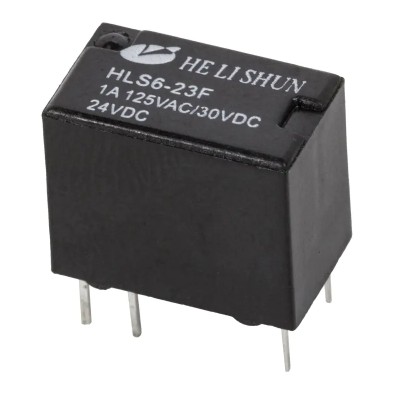
3. Opto-Coupled Relays (PhotoMOS Relays)
Opto-Coupled Relays are semiconductor relays controlled by optical signals rather than traditional mechanical contacts.
- Features: They offer contactless operation, fast switching speeds, long life, arc resistance, and excellent anti-interference capabilities. They provide perfect input/output isolation.
- Applications: Ideally suited to replace traditional electromagnetic relays in applications requiring high isolation and quiet operation, such as programmable switches, data acquisition, security systems, and battery management systems.
4. High Voltage/High Current Relays
Although telecommunications relays primarily focus on signals, some communication systems, such as power distribution or industrial communication interfaces, still need to handle higher voltages or currents.
- Features: Robust construction and wear-resistant and arc-resistant contact materials enable reliable switching of power lines or high-power loads.
- Applications: Power modules for communications equipment, uninterruptible power supplies (UPS), and some industrial control interfaces.
5. Solid-State Relays (SSRs)
SSRs utilize semiconductor components (such as thyristors and MOSFETs) to achieve switching functions.
- Advantages: Compared to traditional electromagnetic relays, SSRs offer faster response times, longer lifespans, and zero mechanical wear.
- Applications in the Telecommunications Field: Due to their high speed and low noise, SSRs are often used in telecommunications equipment that requires frequent switching or has strict environmental requirements.
Whether it's a signal relay for weak signal switching, an RF relay ensuring 5G transmission quality, or an optocoupler relay providing safety isolation, each type of telecommunications relay offers unique advantages, ensuring the smooth operation and stability of modern communications networks. Choosing the right type of telecommunications relay is crucial to the design and performance of communications equipment. As communications technology continues to advance, telecommunications relays will continue to evolve towards smaller, faster, and more energy-efficient designs to meet the growing demand for data transmission.




 English
English 中文简体
中文简体
